Social engineering attack
Image of Spear Phishing Email with Victims Employerad Link Example
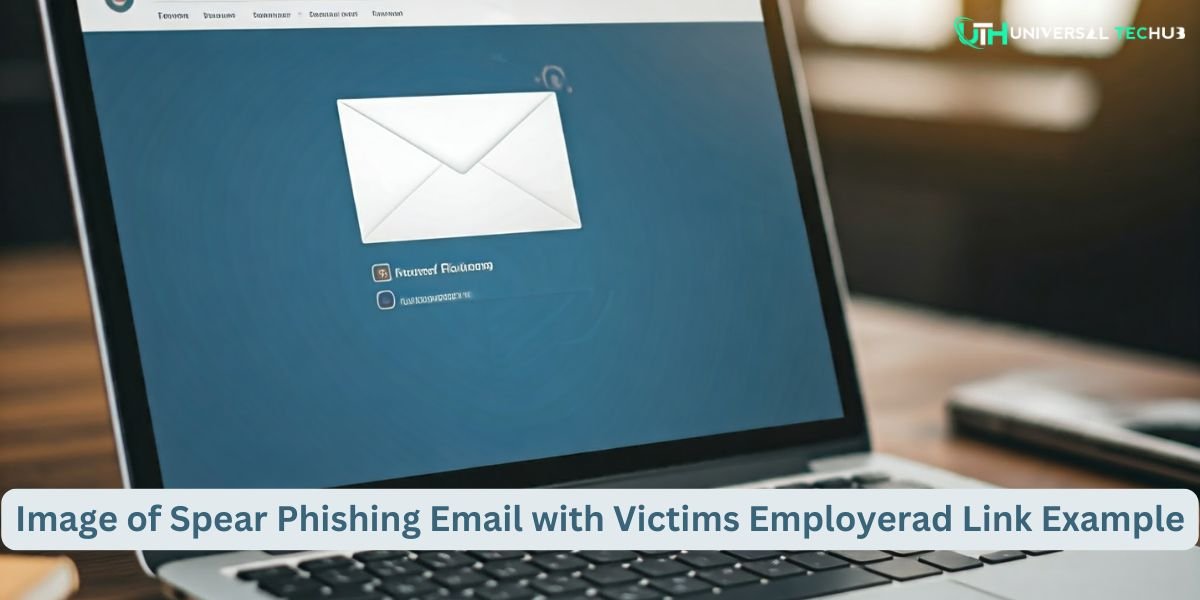
Understanding Spear Phishing Emails and Identifying Suspicious Links Using Employer Ad Examples
Spear phishing is becoming an advanced kind of cyberattack in today’s digital environment. Spear phishing targets particular people or groups, as opposed to generic phishing, which spreads its message widely. It frequently poses as familiar, such the victim’s company. To help you identify these dangers and safeguard private data, this book will break down the features of a spear phishing email using examples.
1. What is Spear Phishing?
Definition: Spear phishing definition is a targeted phishing technique that uses personalized information to trick victims into clicking malicious links or providing confidential information. This type of phishing is especially dangerous because it seems to come from a trusted source, often incorporating details about the recipient’s job or employer.
Purpose: The ultimate goal of spear phishing is to deceive the victim into sharing sensitive information, such as login credentials, or to persuade them to open attachments or links that may install malware on their device.
2. Why Spear Phishing Emails Appear So Convincing
Spear phishing emails are crafted with attention to detail. They mimic the look and feel of legitimate emails from well-known organizations, often using official logos, email signatures, and professional language. Below are some common techniques cybercriminals use to make these emails appear trustworthy:
- Personalization: By using the victim’s name, job title, and employer details, spear phishing emails feel more authentic.
- Professional Formatting: Spear phishing emails often mirror the company’s email structure, including branded headers, fonts, and colors to add credibility.
- Urgent Language: To compel quick action, these emails may include phrases like “Immediate Action Required” or “Account Suspension Notice,” creating a sense of urgency.
Anatomy of a Spear Phishing Email (Infographic)
Understanding the typical components of a spear phishing email can help you identify them before falling victim. Below are some key elements:
Example of a Spear Phishing Email Using Employer Ad Links
Spear phishing examples. In this scenario, a spear phishing email is crafted to look like communication from the victim’s employer, often using specific language and visual elements to increase believability. Here’s how it might look:
Subject: “Immediate Action Required by [Employer’s Name] HR Department”
Message:
“Dear [Employee’s Name],
We are updating our company policies and require your immediate review. Click the link below to access the updated document:
Review Policy Document
Please complete the review within 24 hours to comply with company requirements. Failure to do so may result in a temporary suspension of your account.
Sincerely,
[Employer’s HR Department]”
Note: Hovering over the “Review Policy Document” link might reveal a URL that looks something like “www.employer-support.com” instead of “www.employer.com.”
This example shows how a spear phishing email can closely resemble a genuine email from the employer, making it difficult to identify at first glance.
Related blogs:
Spear phishing vs phishing: Understand the Risks
What is spear phishing attack? A detailed guide
How to Identify and Avoid Spear Phishing Emails (Checklist)
Being vigilant and using a checklist can prevent you from becoming a spear phishing victim. Here’s what to look out for:
- Verify the Sender’s Email Address: Check the sender’s email domain carefully to ensure it matches the official company domain exactly.
- Hover Over Links: Before clicking, hover over any embedded links to see the URL. If it differs from the official domain, don’t click.
- Look for Subtle Grammar and Spelling Errors: Minor mistakes may indicate a phishing attempt, as legitimate company emails are typically free from such errors.
- Avoid Responding to Urgent Requests for Personal Information: Legitimate companies do not request sensitive information through email, especially urgently.
- Use Multi-Factor Authentication (MFA): This adds an extra layer of security, helping protect your accounts even if credentials are exposed.
Security Tips and Best Practices
Practicing the following security habits can protect you from spear phishing attack:
- Keep security software updated: Updated antivirus and security software can help detect phishing attempts and malware.
- Enable Email Filtering: Use advanced spam and phishing filters in your email client to block suspicious messages.
- Stay informed and train regularly. Regularly educate yourself and, if applicable, your team on phishing trends and techniques, increasing overall awareness.
Conclusion
Spear phishing emails are carefully crafted to deceive individuals by mimicking trusted sources, making them highly effective at extracting sensitive information. Recognizing these emails’ telltale signs, such as slight variations in sender addresses, unexpected URLs, and urgent language, is crucial. By staying informed and practicing email security, you can protect yourself from these sophisticated threats.
Read more:
What is spear phishing in cyber security
How do spear phishing attacks differ from standard phishing attacks
-
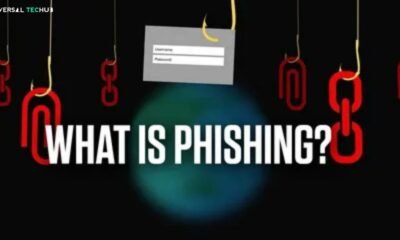
 Phishing attack8 months ago
Phishing attack8 months agoWhat is Spear Phishing and How You Can Identify This Scam?
-

 Social engineering attack9 months ago
Social engineering attack9 months agoBaiting Attacks Explained: A Closer Look at Cyber Threat Tactics
-

 Social engineering attack7 months ago
Social engineering attack7 months agoWhat are Social Engineering Attacks – A Complete Guide to Cyberattacks Prevention
-

 Social engineering attack9 months ago
Social engineering attack9 months agoSpear Phishing Attack: A Targeted Cyber Threat
-
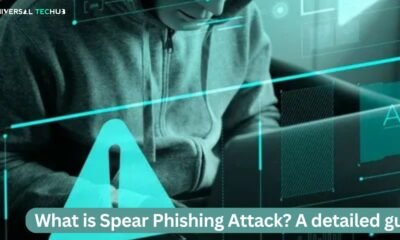
 Social engineering attack9 months ago
Social engineering attack9 months agoWhat is spear phishing attack? A detailed guide
-
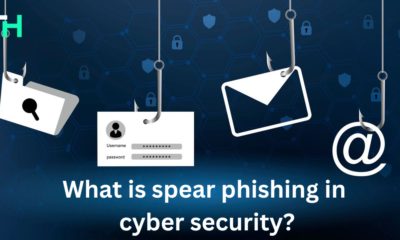
 Social engineering attack9 months ago
Social engineering attack9 months agoWhat is spear phishing in cyber security?
-
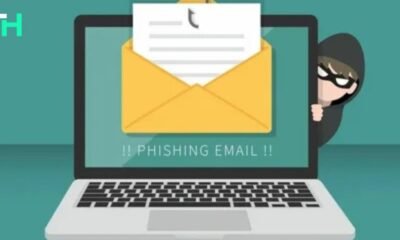
 Phishing attack7 months ago
Phishing attack7 months agoWhat Are Phishing Emails? A guide for you
-
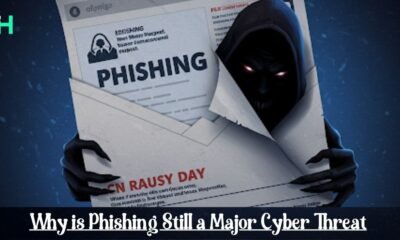
 Phishing attack3 months ago
Phishing attack3 months agoWhy is Phishing Still a Major Cyber Threat? Everything You Need to Know




















